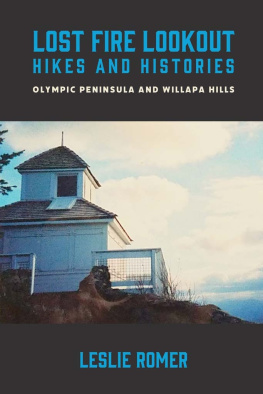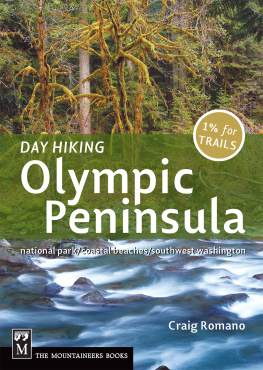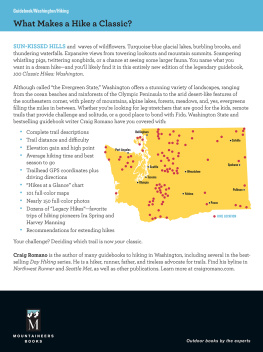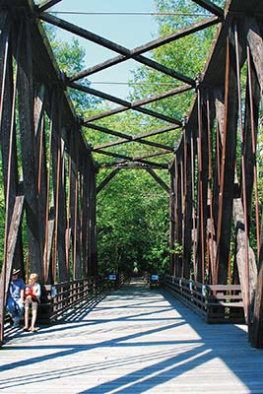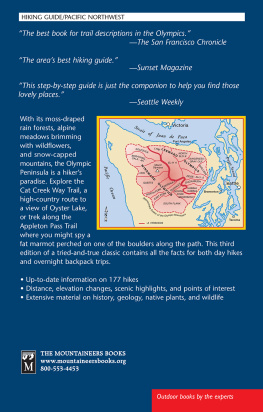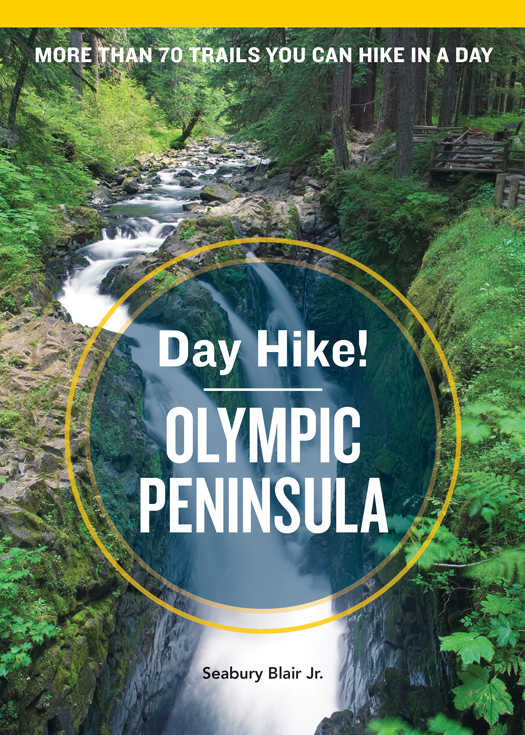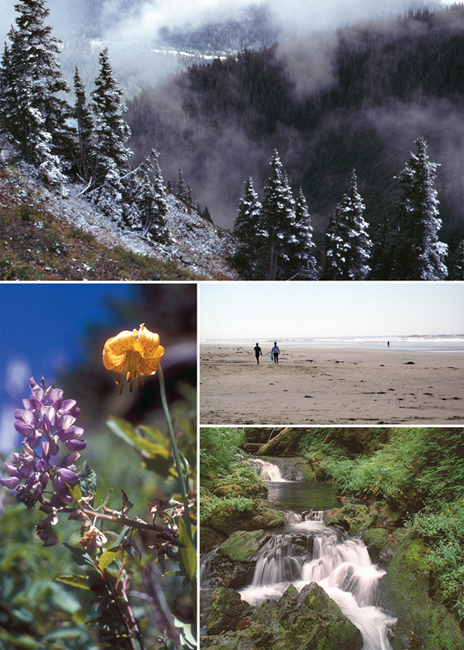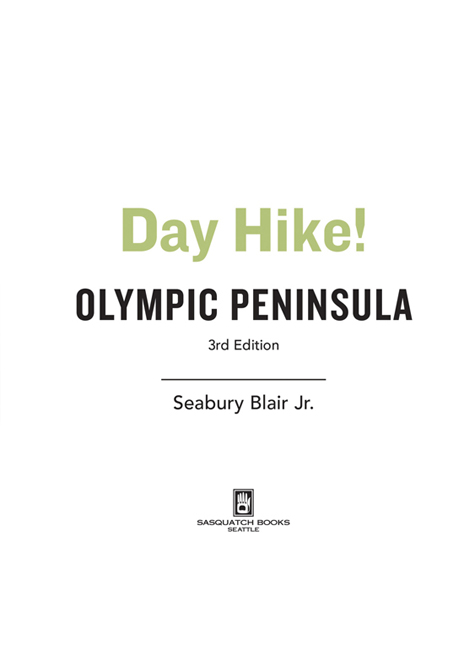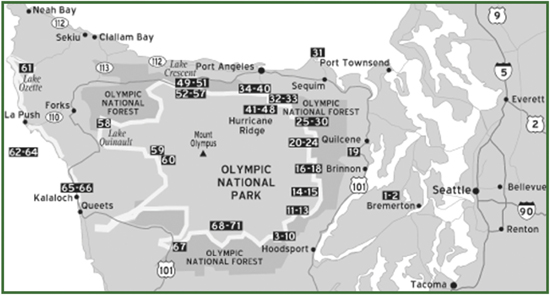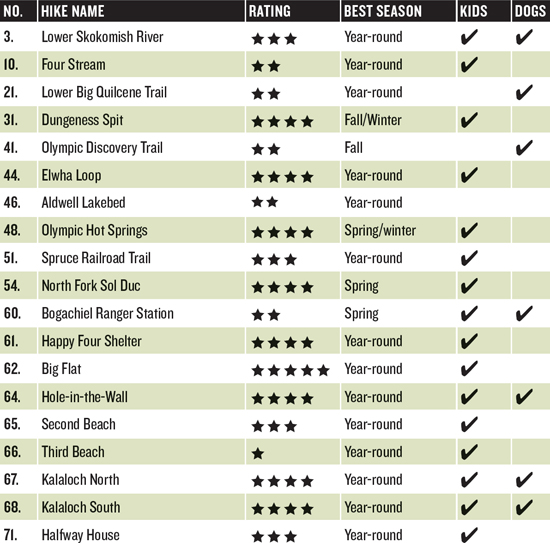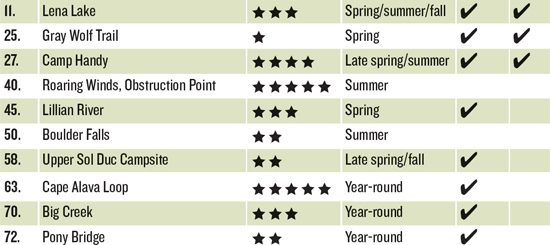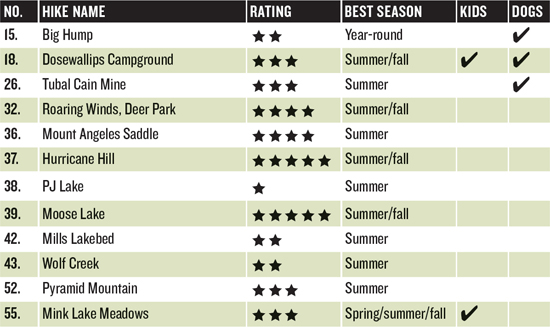Copyright 2008, 2014 by Seabury Blair Jr.
All rights reserved. No portion of this book may be reproduced or utilized in any form, or by any electronic, mechanical, or other means, without the prior written permission of the publisher.
Published by Sasquatch Books
Cover photograph: Phillip Colla
Cover design: Hillary Grant/Joyce Hwang
Trade Paperback Interior design: Andrew Fuller/Anna Goldstein
Trade Paperback Interior composition: Cory Foster
Interior photographs: Seabury Blair Jr. Additional photos by Steve Zugschwerdt ()
Back cover photographs: Steve Zugschwerdt
Maps: Marlene Blair
Library of Congress Catologing-in-Publication Data is available.
eBook ISBN: 978-1-57061-922-9
Trade Paperback ISBN: 978-1-57061-921-2
IMPORTANT NOTE: Please use common sense. No guidebook can act as a substitute for experience, careful planning, the right equipment, and appropriate training. There is inherent danger in all the activities described in this book, and readers must assume full responsibility for their own actions and safety. Changing or unfavorable conditions in weather, roads, trails, snow, waterways, and so forth cannot be anticipated by the author or publisher, but should be considered by any outdoor participants. The author and publisher will not be responsible for the safety of users of this guide.
Sasquatch Books
1904 Third Avenue, Suite 710
Seattle, WA 98101
(206) 467-4300
www.sasquatchbooks.com
v3.1
HIKES AT A GLANCE
EASY
Click to view the details
MODERATE
Click to view the details
MODERATELY DIFFICULT
Click to view the details
DIFFICULT
Click to view the details
EXTREME
Click to view the details
ACKNOWLEDGMENTS
We all owe our thanks to the trail maintenance crews and volunteers who work every year to keep our wilderness pathways in good condition, making our hiking experience safer and more enjoyable. Organizations such as the Washington Trails Association are key to recruiting and supporting volunteer efforts throughout the state to maintain our wild walkways.
Im personally grateful to all of the people who made my Olympic adventures so memorable: Eric Cederwall, Jim Drannan, Jeanne Lee, Tom Hall, Ron C. Judd, and Steve Zugschwerdt. I wouldnt have seen some of the magical places of the Olympic Mountains without the coaching and tutelage of the instructors of the Olympic College Mountaineering Class: Kent Heathershaw, Brad Albro, Frank Chapin, and the late Charlie Zeek. Longtime members and founders of Olympic Mountain Rescueincluding Roger Beckett and the late Dave Sicks and Glenn Kelseyshowed me trails I might not otherwise have outlined here.
Though I no longer hike regularly with them, The Ladies and Two Guys kept me in hiking shape for several years as I followed them, panting and wheezing, to the top of Green Mountain on the Kitsap Peninsula. This group of stalwart hikersmany of whom enjoy their seventh decade on this planetinclude Jean Cornwell, Karen Johnson, Joyce Kimmel, Gayla Perini, Ann Richey, and Linda Weinacher. The Two Guys are Gary Larson and the aforementioned Drannan, also known as the Gnarly Dude.
Finally, I thank my wife and mapmaker, Marlene Blair, who gave me inspiration, love and supportthough I must say, little respect.
PREFACE
Early hiking companions called him Griz, and Robert L. Wood wrote letters on personalized stationery featuring a growling bear emerging from its cave. On my earliest spring hikes with him, the preeminent Olympic Mountain historian and guidebook author complained about his hibernation bellywhich rapidly disappeared as vernal outings turned to serious summer backpacks.
Wood wrote Trail Country: The Olympic Mountains and The Olympic Mountains Trail Guide , which I think are the nations most lyric and authoritative books about wilderness pathways. He was as much a poet as a guidebook author.
I first met him on the trail in 1974, in the middle of the Olympic Mountains he loved so much. He was leading a group of hikers to the Bailey Range, and I was scrambling from Appleton Pass to High Divide on a one-day marathon trek from Sol Duc Hot Springs. When we passed on the trail, I stopped him and mentioned I was a big fan. We exchanged addresses, and my first hike with him took us to Mount St. Helens, where Wood interviewed an early Lake Cushman pioneer for his book Men, Mules, and Mountains .
He was delighted to share his love and knowledge of the mountains at our sunset doorstep. Every year, he guided groups on his traditional climb of Mount Olympus, the summit of the Olympic Peninsula. Wood literally hauled me, a shameless acrophobe, by the hand up the East Peak of that mountain. He knew the Olympics better than anyone: on one of his 28 Olympus pre-GPS outings, we found ourselves in the middle of the Blue Glacier in a whiteout. You couldnt see from one end to the other of the 150-foot rope that connected three climbers.
Nobody had the slightest idea where we were, except Bob Wood, who stopped in the middle of the ice and snow and white nothingness, turned left and without hesitation, led us directly to camp. How did he know when to turn, I asked?
I count steps, he replied. He knew how many paces to take from Glacier Pass before he had to turn to Cal Tech Camp; hed done it so many times before. In years that followed, Wood took me and others to places in the Olympics few people ever go. In researching one of his six books, he retraced the route of the first white man to hike from the source of the Queets River to the Pacific Ocean. Wood was the only person I know who left footprints on the Hubert and White Glaciers, two of Olympuss most remote ice fields.


